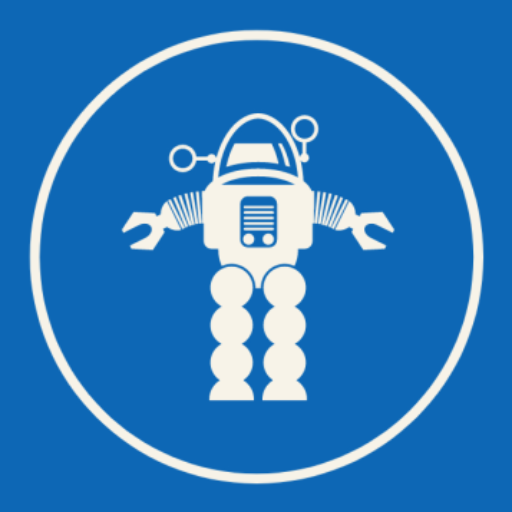Latest from MIT : New method improves the reliability of statistical estimations
Let’s say an environmental scientist is studying whether exposure to air pollution is associated with lower birth weights in a particular county. They might train a machine-learning model to estimate the magnitude of this association, since machine-learning methods are especially good at learning complex relationships. Standard machine-learning methods excel at making predictions and sometimes provide…
